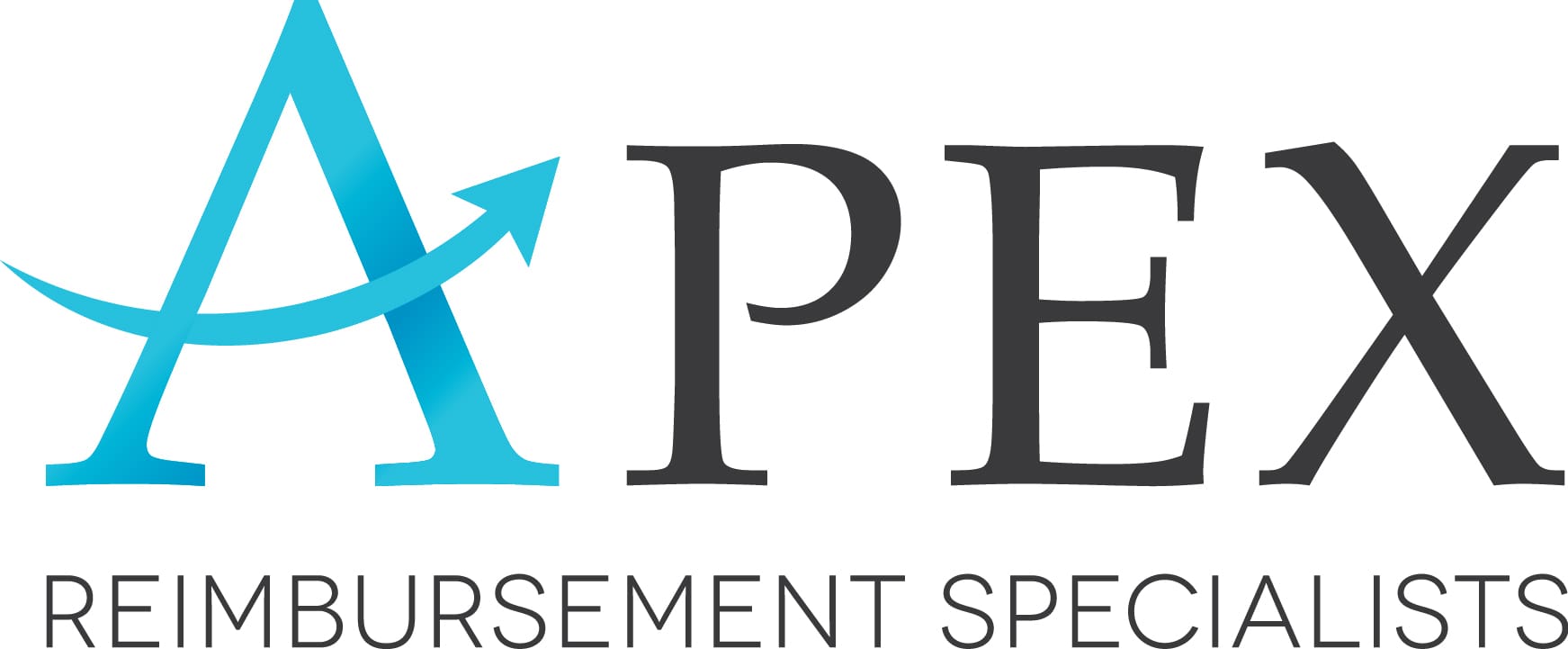As a dentist or dental practice owner, you need to juggle many different aspects of your business at once. While you need to make sure that you provide top-notch patient care, you also need to ensure that insurance denial rates are low. On one hand, you need to market your practice to get new patients, and on the other, you need to invest in staff retention initiatives to keep great employees. Lost in the shuffle is one of the most important things of all—revenue cycle management! How can you improve profitability without sacrificing anything else?
Make Appointment Scheduling Easier and Reduce Cancellations
One of the most immediate ways to start the revenue cycle management process is by improving your appointment scheduling practices. Cancellations and no-shows can significantly impact your practice’s bottom line, as open appointment slots translate to lost revenue. To minimize this, send automated appointment reminders via text or email and offer flexible rescheduling options. Another strategy to reduce cancellations is establishing a cancellation policy that includes fees for last-minute cancellations. While these fees can help recover some lost revenue, your ultimate goal should be to encourage patients to honor their appointments.
Complete Insurance Verification Efficiently
Insurance-related issues are a common source of revenue loss in dental practices. Incorrect or outdated patient insurance information can lead to claim denials, payment delays, and unpaid balances. To avoid these challenges, prioritize insurance verification at the time of scheduling and before patients arrive for their appointments. Automating the insurance verification process is one way to reduce the burden on your staff while still ensuring that patient information is accurate.
Streamline Your Billing and Payment Processes
Another common revenue issue in dental practices is inefficiencies in billing and payment processes. As you think about revenue cycle management, your practice should look to streamline these processes as much as possible. Offering patients multiple payment options, such as credit cards and payment plans, can reduce the time it takes to collect payments and make it easier for patients to pay their bills. Your practice should also regularly review your accounts receivable and follow up with patients who have outstanding balances.
Spend Time on Treatment Plan Presentation and Explanation
Improving revenue cycle management in dental practices also involves dedicating time to presenting and explaining treatment plans clearly to patients. This step is crucial because it helps patients understand the value of recommended procedures, which increases acceptance rates and ensures that they are prepared for any associated costs. By taking the time to thoroughly walk through treatment options, costs, insurance coverage, and payment plans, it’s easier to build trust and transparency with patients, which boosts overall satisfaction and reduces the likelihood of payment delays or disputes.
Simplify the Revenue Cycle Management Process with APEX Reimbursement Specialists
Whether you’re looking for a way to make revenue cycle management at your dental practice easier or hoping to improve your overall patient communication plan, APEX Reimbursement Specialists is here to help. Contact our team today by calling (410) 710-6005. We look forward to working with you to make your practice a more profitable place.


